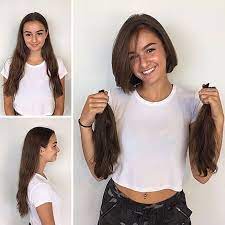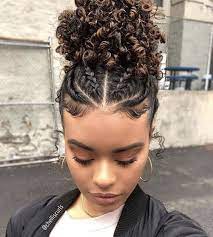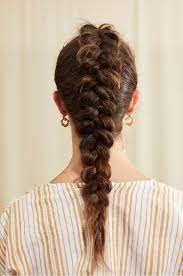Introduction

– Style can significantly impact our appearance.
– Long textured styles accentuate extensive features.
– Long straight styles help lengthen facial features.
– Regular haircuts promote healthier and longer hair.
– Regular trims remove split ends and create healthier conditions.
Graduated Haircut
– A technique used in long hair to achieve a layered appearance.
– Relieves weight in thick strands.
– Creates unique shapes in specific cuts.
– Different techniques can be implemented.
– Adjust how much bulk is created in different spots.
– Works best on medium thick texture hair.
Layers
– Add definition, movement, and volume to all hair types.
– Experiment with length variations.
– Suitable for long locks, classic bobs, or pixie cuts.
– Gradual face-framing layered haircut for an elegant look.
– Works with loose beachy waves or sleek blowouts.
– For thick hair, layers can be lighter and sparser in front.
– Subtle balayage highlights can be added.
– Feathered layered hairstyle offers volume without overcrowding.
– Regular salon trims help maintain this look.
Feathered Ends
– Add volume and fullness to long hair, especially for thin textures.
– Complements most face shapes and hair types.
– Creates the illusion of more fullness.
– Feathered cuts focus on adding bounce and volume.
– Notable distinction compared to step cuts.
Free-Flowing Styles
– Great for those with thick, wavy, or curly hair.
– Easy maintenance tips for voluminous locks.
– Elegant and feminine style with a slightly higher-than-average knot bun.
– Can be suitable for formal events or casual outings.
– Flowy layers in thin hair create definition and dimension.
– Blonde balayage can add fullness.
– Choppy layered haircuts add texture and movement.
– Frames face and adds an appealing look.
– Feathering ends randomly can create an indirect choppy effect.

